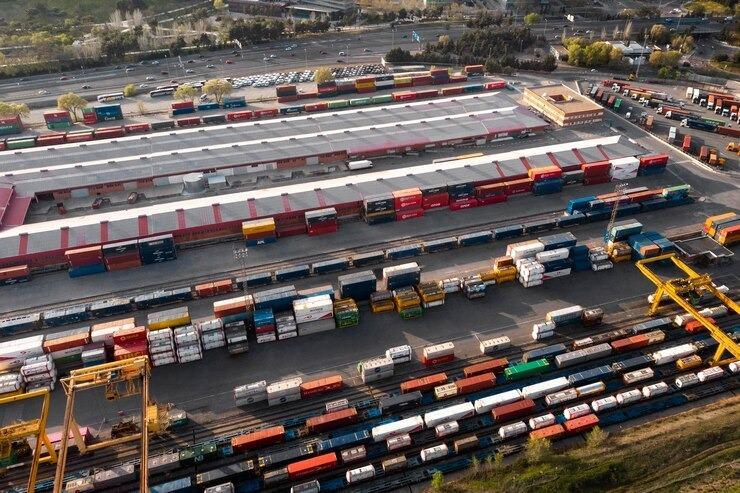Heavy steel plates have emerged as the unsung heroes of the modern industrial manufacturing space, silently playing a pivotal role in ensuring structural integrity, durability, and safety across diverse sectors. From construction and manufacturing to energy production and transportation, a heavy steel plate, often referred to as MS plates, form the backbone of countless industrial processes. Let’s explore the significance of these robust components, exploring their properties, applications, and the indispensable role they play in shaping our modern industrial landscape.
Properties of Heavy Steel Plates:
A heavy steel plate is typically manufactured from low-carbon steel, making it sturdy, durable, and resistant to corrosion. The process involves heating the steel to a molten state, which is then poured into moulds and cooled, resulting in a solid plate. The controlled cooling process, known as normalization, ensures uniform strength and hardness, making them suitable for a wide variety of applications.
These plates boast exceptional tensile and yield strengths, providing the necessary support for heavy loads and withstanding extreme conditions. The mechanical properties of the heavy steel plate make them suitable for demanding industrial environments, where structural integrity is paramount.
Applications Across Industries:
Construction Sector:
In the construction industry, the heavy steel plate plays the role of building blocks of stability and resilience. They find application in the construction of bridges, skyscrapers, and industrial facilities. The high load-bearing capacity and durability of these plates ensure the longevity of structures, even in the face of harsh weather conditions and seismic activities.
Manufacturing and Machinery:
Manufacturing processes often involve heavy machinery and equipment that require robust foundations. Heavy steel plates serve as the ideal base for these machines, providing stability and reducing vibrations. Their malleability allows for customization, catering to the specific requirements of different industrial machinery.
Energy Production:
In the energy sector, heavy steel plates play a crucial role in the construction of power plants and infrastructure. Whether in the fabrication of boilers, pressure vessels, or storage tanks, these plates contribute to the overall safety and efficiency of energy production facilities.
Transportation:
The transportation industry relies on the heavy steel plate for the construction of robust containers, ships, and railcars. The plates’ high strength-to-weight ratio ensures that these structures can withstand the rigours of transportation, safeguarding both cargo and personnel.
Environmental Impact and Sustainability:
While heavy steel plates are indispensable in various industries, it’s important to acknowledge the environmental impact of their production. Recycling and sustainable practices in steel manufacturing have become increasingly prevalent, contributing to a more eco-friendly approach.
The durability of the heavy steel plate is a key factor in their sustainability. Long-lasting structures and equipment mean fewer replacements and less waste over time. Additionally, the recyclability of steel makes it a material of choice for those looking to reduce their environmental impact.
Future Trends and Innovations:
As technology advances, so does the manufacturing and application of heavy steel plates. Innovations in metallurgy and manufacturing processes continue to enhance the properties of these plates, making them even more resilient and versatile. The integration of advanced alloys and coatings is on the horizon, promising enhanced corrosion resistance and further extending the lifespan of the heavy steel plate.
Conclusion
A heavy steel plate, also known as MS plates, is the unsung hero of the industrial world. Their robust properties and versatility make them essential in construction, manufacturing, energy production, and transportation. As we move forward, the steel industry’s commitment to sustainability and continuous innovation ensures that heavy steel plates will remain a cornerstone of industrial progress, contributing to the development of safer, more durable, and environmentally responsible infrastructure.

